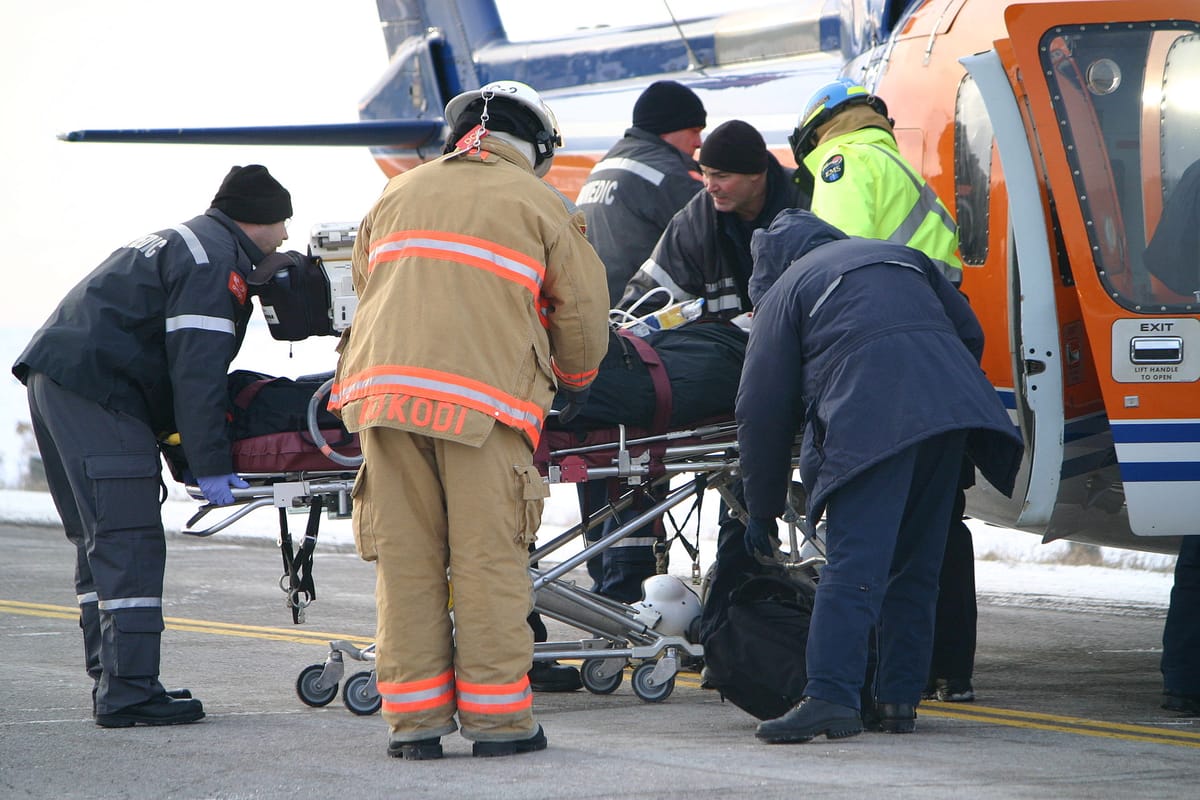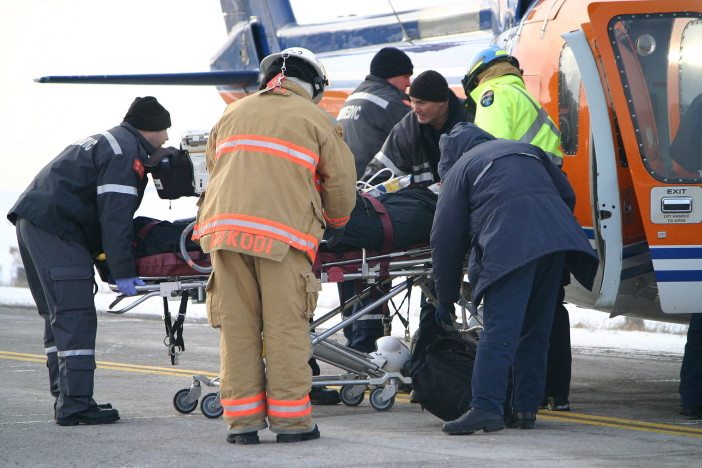The Commute: Why The Emphasis On Pedestrians Fatalities?


THE COMMUTE: A hallmark of Mayor Bill de Blasio’s term has been his emphasis on pedestrian safety, most notably the Vision Zero campaign. You all know where I stand on this issue. My position has been controversial. Whenever I discuss my opposition to some of the features of Vision Zero, those who disagree make the same argument: that the slower a vehicle travels, the less likely a pedestrian will be killed. That analysis is overly simplistic because other factors need to be considered, such as the need to get people to their destinations in a reasonable amount of time.
Vision Zero advocates believe our goal should be to slow down traffic. That means, without traffic congestion, vehicles will only average about 15 mph on city streets with a speed limit of 25 mph, slower with traffic congestion.
The 25 mph speed limit was not supposed to affect major arterial streets where the limit has traditionally been 35 or 40 mph. Yet, those were the first streets targeted under the mayor’s arterial slow zones campaign to turn arterials into local streets, using the logic that arterials are more dangerous to pedestrians.
It is a known fact that the chance of being involved in a fatal car accident is greater on a highway than on a city street. So using the same logic, shouldn’t we shut down all expressways or also turn them into local streets? No one is proposing that because those fatalities usually do not involve pedestrians.
So this is the question I pose today: Is all this emphasis on pedestrian fatalities warranted when viewing the larger picture? Vision Zero advocates paint the picture that you are taking your life in your hands every time you cross the street and even one death per year is too much and should not be tolerated. There are editorials masked as news with headlines such as: “It’s too easy to kill pedestrians in New York City.”
In 2014, 132 pedestrians were killed, the lowest in a century, down from 180 in 2013. However, according to this WNYC site, the number was 144. Also, the numbers by category do not match the totals and there are no footnotes to explain. Why the discrepancies?
Gothamist wants to prove the city is not doing enough to prevent cycling fatalities so their headline is “Cyclist Fatalities Spiked in 2014: Is NYC Doing Enough?” The number of fatalities did spike from 12 to 20 from 2013 to 2014. However, when a five-year period is viewed also using data presented by the Gothamist, the number of fatalities during the most recent five year period (91) was actually a decline from 98 in the previous five years. Spiking is a natural phenomenon, yet Gothamist suggested the city was not doing enough to prevent cycling fatalities because of that spike.
What about other types of death and how do they compare? Ninety-five drivers and passengers were killed in New York City in 2014 and another 20 bike riders, yet the press mainly concentrates on pedestrian fatalities.
There were 235 people murdered in New York City last year. Eighty civilians died in fires in 2014, up from 47 in 2013 and 70 in 2012. Where is the outrage about those deaths? Why was there no headline about that spike from 47 to 80? However, when the press wants to show a success story, the 2012 statistic of “70” fires magically drops to “58.” Why? It is because statistics are manipulated to prove points the author wants to prove. There is no objectivity. What about the 210,000 patients who die in hospitals nationally due to medical malpractice or “preventable errors?” Why does that figure receive virtually no attention from the press? Isn’t that number far greater than the 4,000 to 5,000 pedestrians who are killed annually? That puts the problem in perspective.
The press wants to brainwash us to believe that the problem of pedestrian deaths is far greater than it actually is. They do this by quoting five-year statistics when homicide rates or deaths from fires, for example, are quoted for one-year periods. If using a five-year period is not enough to make the numbers appear higher, the statistic KSI (killed or seriously injured) is often used so a number in the thousands can be quoted. We all know that when a statistic reaches “the thousands,” it is something serious.
That was the same technique the MTA used in our negotiations to argue against implementing the southwest Brooklyn Bus route changes I conceived. When they wanted numbers to appear large, they would always cite numbers in the thousands by using annual numbers. When they wanted numbers to sound minuscule, they would use per bus or per trip numbers. Annual numbers were never used to refer to the numbers of riders benefitting from an improvement, but were always used to quote increased costs. There was never a truer statement than liars figure and figures lie.
Conclusion
Pedestrian deaths do matter, but the problem needs to be put in perspective and not exaggerated. The city attempts to tie pedestrian safety to every proposed transportation change. They emphasize that the proposed Woodhaven Boulevard SBS program will increase pedestrian safety. Yet not everyone agrees; some believe it will make the situation less safe for pedestrians.
Earlier I stated that almost as many drivers, passengers, and cyclists (when they are considered as a group) die each year as pedestrians. How many of those deaths were caused by dangerous conditions that the city has allowed to exist? How many deaths are going to happen because of delay or inaction by the city?
Next week we will look at one potentially dangerous situation that does not involve pedestrians. People dying in car accidents are just as important as pedestrians and cyclists hit by cars. You would never know that, however, from all the emphasis on pedestrian fatalities.
The Commute is a weekly feature highlighting news and information about the city’s mass transit system and transportation infrastructure. It is written by Allan Rosen, a Manhattan Beach resident and former Director of MTA/NYC Transit Bus Planning (1981).
Disclaimer: The above is an opinion column and may not represent the thoughts or position of Sheepshead Bites. Based upon their expertise in their respective fields, our columnists are responsible for fact-checking their own work. Their submissions are edited only for length, grammar and clarity. If you would like to submit an opinion piece or become a regularly featured contributor, please email editor@sheepsheadbites.com.




